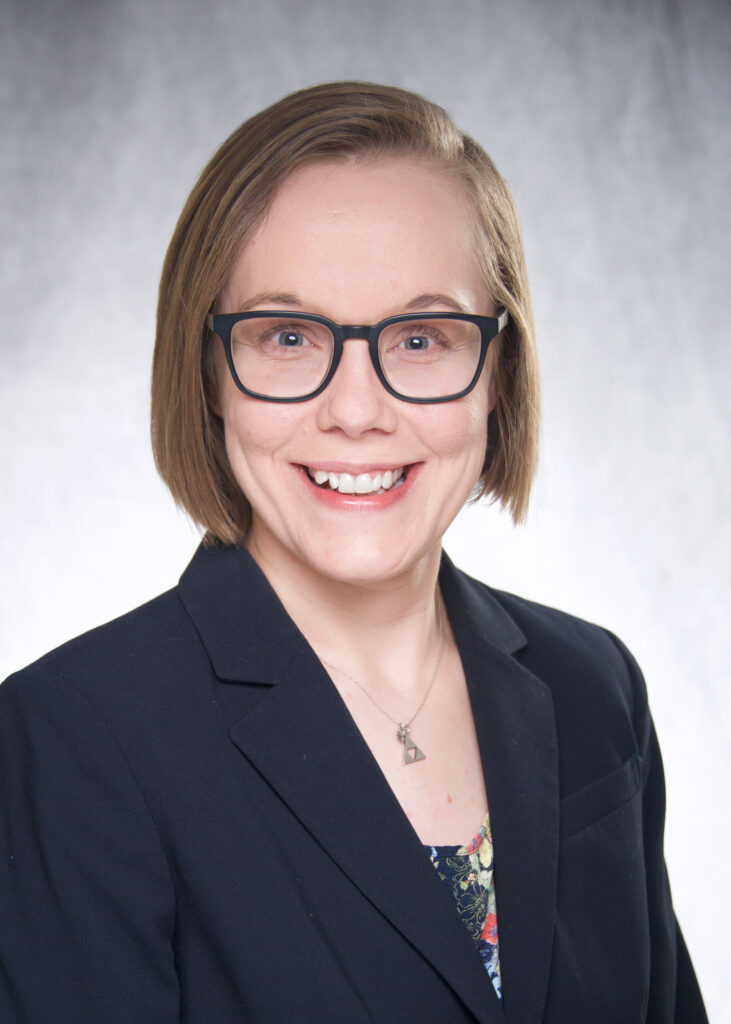PHM Session: Let’s Talk Peer-to-Peer. Inpatient and Observation Status—What Really Matters?
Presenters: Lucinda Lo, MD, Children’s Hospital of Philadelphia, Pa., Amy Sanderson MD, FAAP, Boston Children’s Hospital, Boston, Mass., Daxa Clarke, MD, Phoenix Children’s Hospital, Phoenix, Ariz., and Sheilah Snyder, MD, FAAP, Children’s Hospital of Omaha, Neb.
Presenters started with a brief history of the creation of “observation status” in the 1980s and provided an overview of the different status levels as they exist today. They highlighted that the observation guidelines were initially developed with adult medical care in mind. At times, these can be difficult to translate into pediatrics, which accounts for much of the frustration and confusion pediatric providers must navigate on a day-to-day basis.
Presenters next led attendees through a series of clinical scenarios, asking for the appropriate status assignment, and followed with short role-plays of potential dialogues for subsequent peer-to-peer reviews.
They ended the presentation by discussing clinical documentation improvement (CDI). They emphasized that the role of CDI is to bridge the gap between clinicians and coders by uniting information from various parts of the chart to ensure documentation supports the billing.
Key Takeaways:
- Peer-to-peer reviews are not a judgment on medical decision making, they are for agreeing on status assignments and level of care.
- When performing a peer-to-peer review, providers should:
- Do not take anything personally.
- Know the story, especially the diagnoses, and any related interventions.
- Use institutional resources, such as case management, to determine which status guidelines the patient meets ahead of time.
- Clear and accurate documentation of a patient’s diagnosis and treatment can help avoid peer-to-peer reviews, as missing clinical information is a frequent cause for denials.
- Ultimately, providers are the experts on their patients and are in the best position to advocate on their behalf, as well as on behalf of their institution.

Dr. Bakkum
Dr. Bakkum is a second-year pediatric hospital medicine fellow at Akron Children’s Hospital in Akron, Ohio, and is a trainee member of The Hospitalist’s editorial board.
Excellent post. We still deal with medical directors from different insurance companies, that no matter whether it meets per their guidelines (I.e., MCG) they still deny. Something else is going on. Just my thoughts from experience.
Do not agree with your assessment. These reviews are about insurance company profits which run in the billions. No physician in the day of healthcare worker shortages want to keep any patient a day longer unless absolutely necessary. We are the only industry known to man who has to survive on a 40 cents on the dollar reimbursement. Insurance and government are driving good people out of medicine daily. Things like continuity that matter are driving the quality of health care down.
Ideally that’s how it’s supposed to work but my “peer” on the other side will tell me insufficient information has been sent but the case managers at the hospital will say they sent everything. It’s a waste of my time
Agree with the overall sentiment. Observation status is a artificial concept created to reduce cost but has resulted in a beuracratic nightmare. Ironically the administrative overhead has likely increased due to hiring of more non productive non clinical FTE. Arguably Everything goes back to better documentation.
Obs vs inpatient is just a gimmick made by insurance companies to deny adequate reimbursement. Any patient who needs to stay for more than just observation literally, should technically be inpatient. We are doing everything for them the way we would do for an “inpatient”.
As we continue to give into insurance companies dictating how we should document & charge for services rendered. No other entity has to abide by such rules. Ask a plumber or lawyer.
I have been admitting patients to the hospital for over years. Patients do not understand the concept of observation admit as well as the financial costs to them. Often they have said they would go home if admitted as observation. Elderly patients often incur costs that they dont expect and it creates stress for them as well as us. I agree it is also a waste of my time.
I am an internal medicine hospitalist and physician adviser, and I have seen a sharp rise in denials of inpatient status stays that I have felt can be attributed to Medicare Advantage plans applying arbitrary criteria to what constitutes an inpatient admission. The teachings we have received from CDI professionals are not holding up. ICU status is basically all they consider sick enough for an inpatient admission, and sometimes not even that (DKA that turns around in 1-2 days and 80 year old patients with PE have been denied insurance approval for inpatient status).